Steve Sutcliffe gets behind the wheel of the incredible LaFerrari to find out whether it is indeed the world's most exciting hypercar.
The prodigious energy produced by this so-called power unit is then sent to the rear wheels, and the rear wheels only, via a seven-speed dual clutch auto gearbox, made for Ferrari by Getrag. This also has an electric motor attached to it, with a dedicated gear-set that transmits drive directly to the final drive, thereby reducing the need for a typically vast clutch. The meticulous removal of weight runs as a key theme throughout the supercar's engineering, and this is but one example.
As with the P1 and 918, LaFerrari features a carbonfibre tub on to which the engine and suspension are mounted. At each corner, there are double wishbones (carbonfibre at the front) and coil springs with electronically controlled dampers, plus an enormous carbon-ceramic disc brake made by Brembo, those at the front measuring 398mm, those at the rear 380mm.
Electronics play a huge role in the car's engineering, and in the delivery of its vast dynamic repertoire. Wings at the front and rear are actively deployed on the move to provide two radically different running configurations; high and low downforce modes.
Mostly, these exist to provide the maximum amount of grip and reduced drag required at any given moment – with a maximum of 360kg being produced at near 200kph when cornering, or a minimum of 90kg at the same speed when travelling in a dead straight line. On the move, the car decides how much downforce it needs, not you. Intriguingly, the active wings also play a key role in cooling the engine, the batteries, the gearbox and the carbon ceramic brakes, too.
The cabin of the LaFerrari is a deeply exotic place in which to find yourself, as you’d expect. But it’s also smaller and more intimate than you might anticipate, despite there being 30mm more headroom than in an Enzo in order to accommodate drivers wearing a crash helmet. And that’s because the driving position itself is so low slung, with a fixed seat but movable pedals and steering wheel.
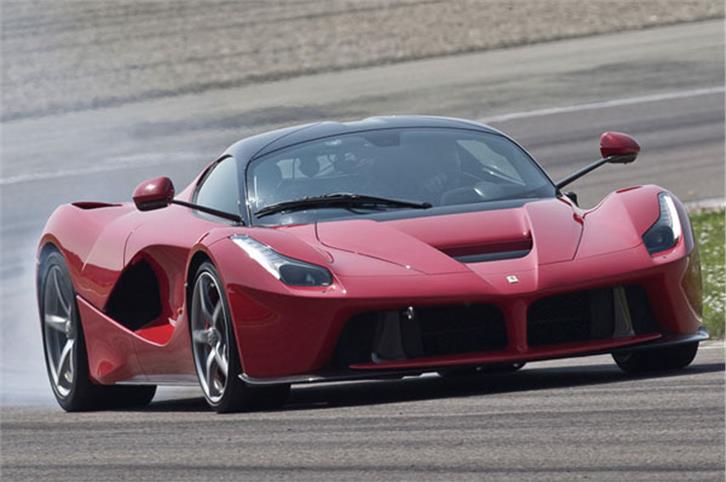

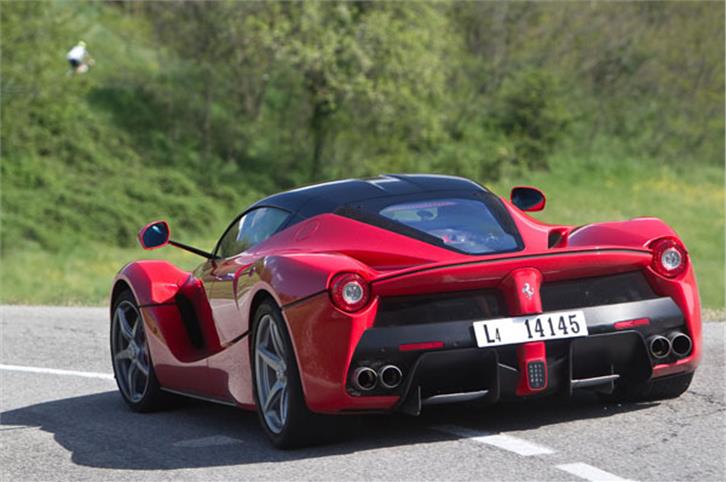


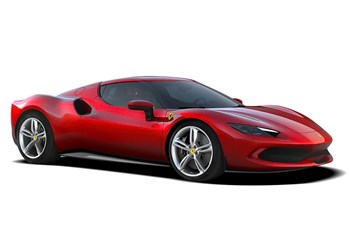
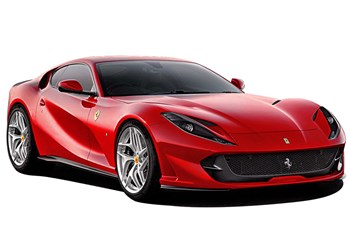

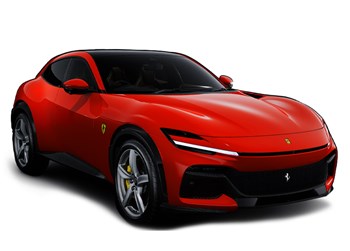
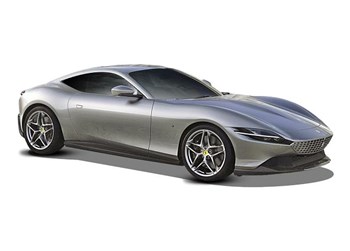
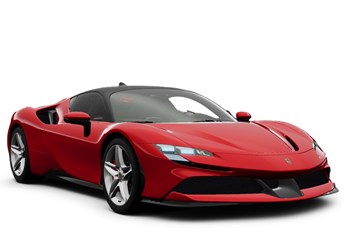


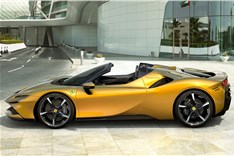






Comments
Member Login
Personal Details
No comments yet. Be the first to comment.